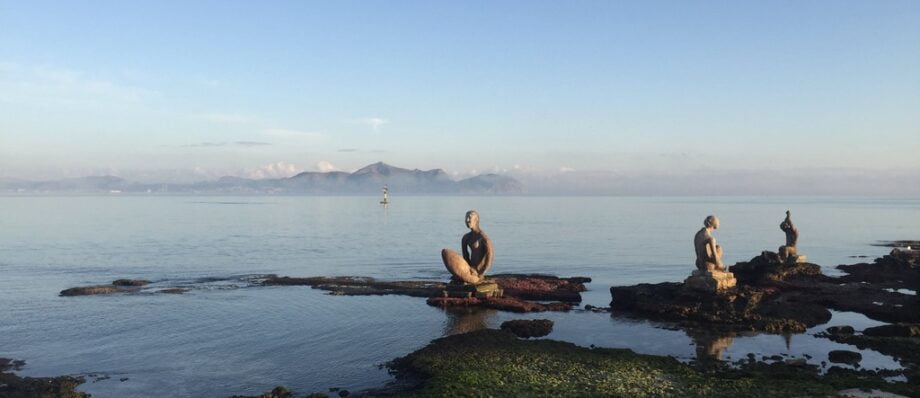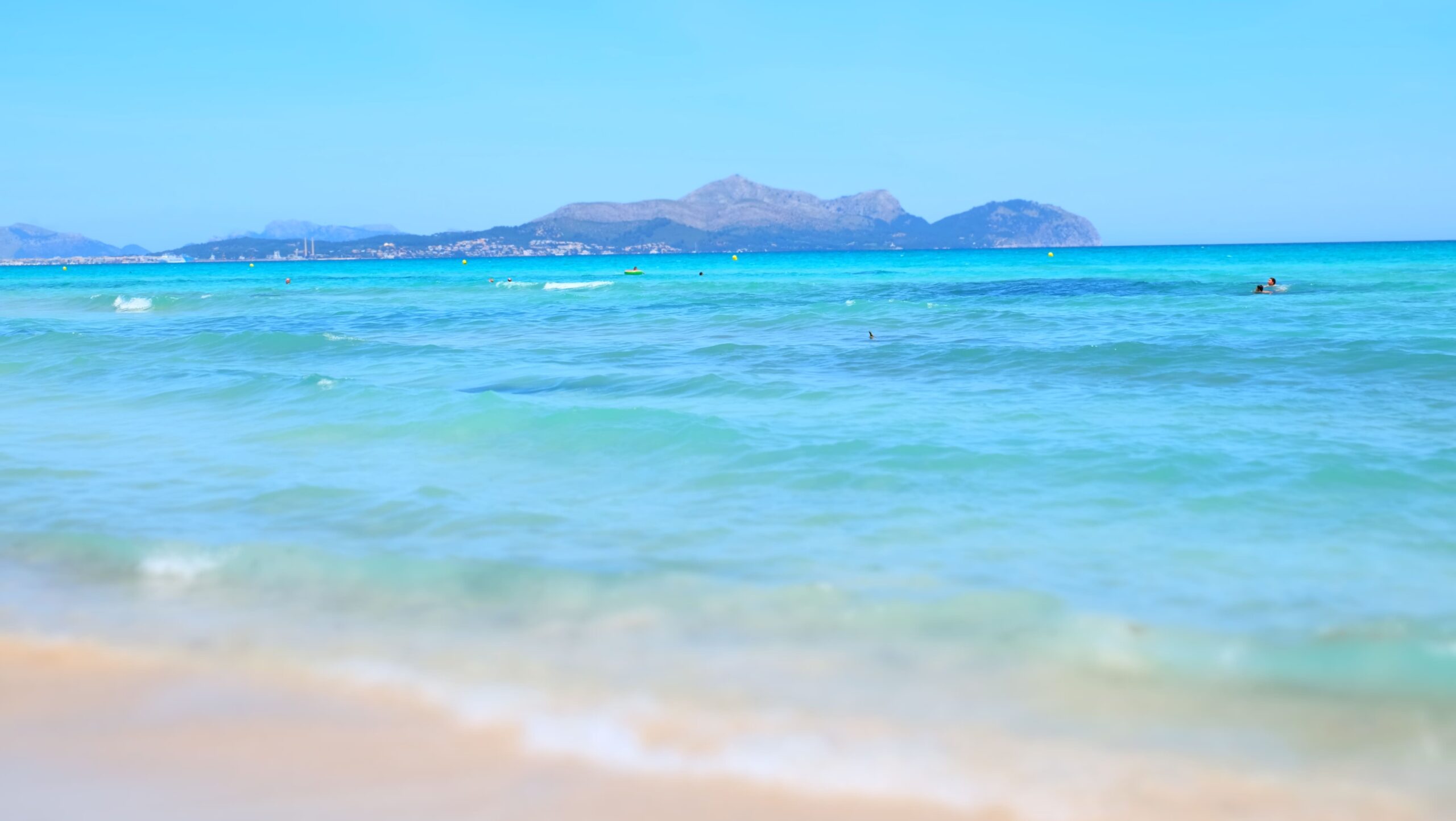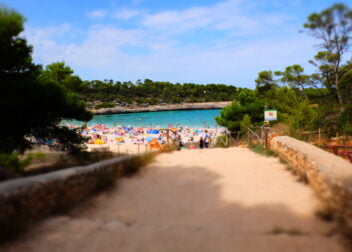A Visitor’s Guide to Can Picafort
- 14 June 2024
- Destinations, Holiday destinations
- 3 mins read
While first impressions of Can Picafort are of a bustling seaside tourist town, it hides a rich cultural history as well as being the gateway to one of the most beautiful, wild and untouched natural areas of Mallorca. You can visit the archaeological site of the Phoenician graveyard at the finca Son Real and the 2,500-hectare Albufera Bird and Nature Reserve, a wetland and breeding area to thousands of migrating birds.
A Quick History of Can Picafort
Originally a small fishing port, Can Picafort began as a tourist destination 100 years ago when residents from nearby Santa Margalida started to build holiday homes to come and enjoy the long sandy beaches. The unusual name comes from Can, Mallorcan for ‘house of’, and Picafort which was the nickname of Jeroni Fuster, the man who “discovered this land, loved it and gave it his nickname”. Then came the summer homes and when tourism was first considered an efficient way of diversifying the local economy from agriculture.
The original tourist area was developed in what is now known as Son Baulo, while the present centre of Can Picafort became established in the 1960s. Today there is still a small working fishing harbour, where you can go and watch the fisherman land their catch in the mornings, but where once there were miles of sand dunes, now there are hotels and restaurants.
Can Picafort's Surroundings
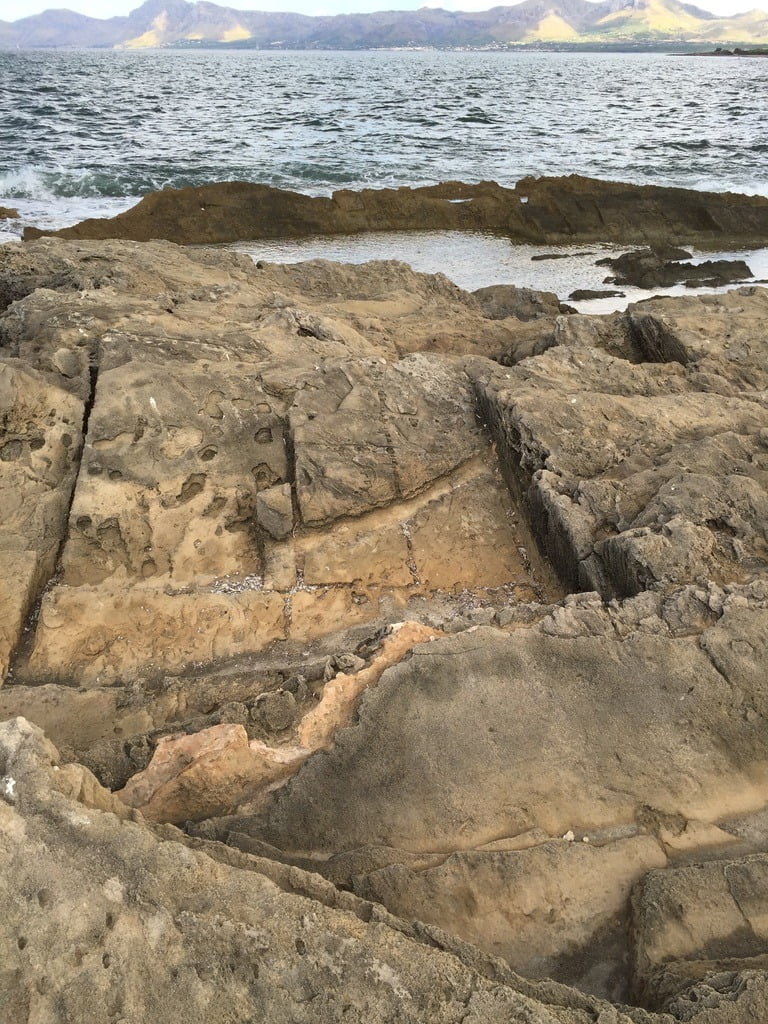
Geographically there is a significant change in the landscape – this part is not protected by the mountains of the north, instead the land becomes more open and windswept with lower rolling hills, perfect for hiking and cycling, and the stronger sea breezes bring waves to the beaches. Windsurfing, kiteboarding and traditional surfing are all popular along this stretch of the bay.
Can Picafort provides a good base for a history tour thanks to the many Mediaeval churches and freely accessible archaeological sites. If you walk the 6km-stretch of wild beach between Son Baulo and Son Serra de Marina, you will pass the Son Real Necropolis (cemetery of the Phoenicians) dating right back to the Talaiotic Period.
Amazingly, access to this ancient monuments is free and unregulated, you can literally touch history. Moving inland from the Necropolis site, you pass through Son Real finca, a working farmhouse and museum with lots of information about the local plants and wildlife that you will see along the way.
Along the beach, as you approach Son Serra, there are obelisk towers placed at regular intervals said to have been used as navigational aids during the 19th century, but appearing more like solemn watchtowers and a hint of the constant threat of invasion from the sea.
Art and Culture in Can Picafort
A walk along the front at Can Picafort will reward you with some local modern art, most notably the sculptures from local artist Joan Bennassar. Originally part of the 2016 exhibition Ports d’Alga Marina, sculptures of women (full and half bodies as well as just a head) rise up along the shoreline and throughout the port town. Another modern art spectacular is the Saladina Art Fest in June. Artists showcase stunning murals and street art on buildings in town and along the promenade.
Fiestas in Can Picafort
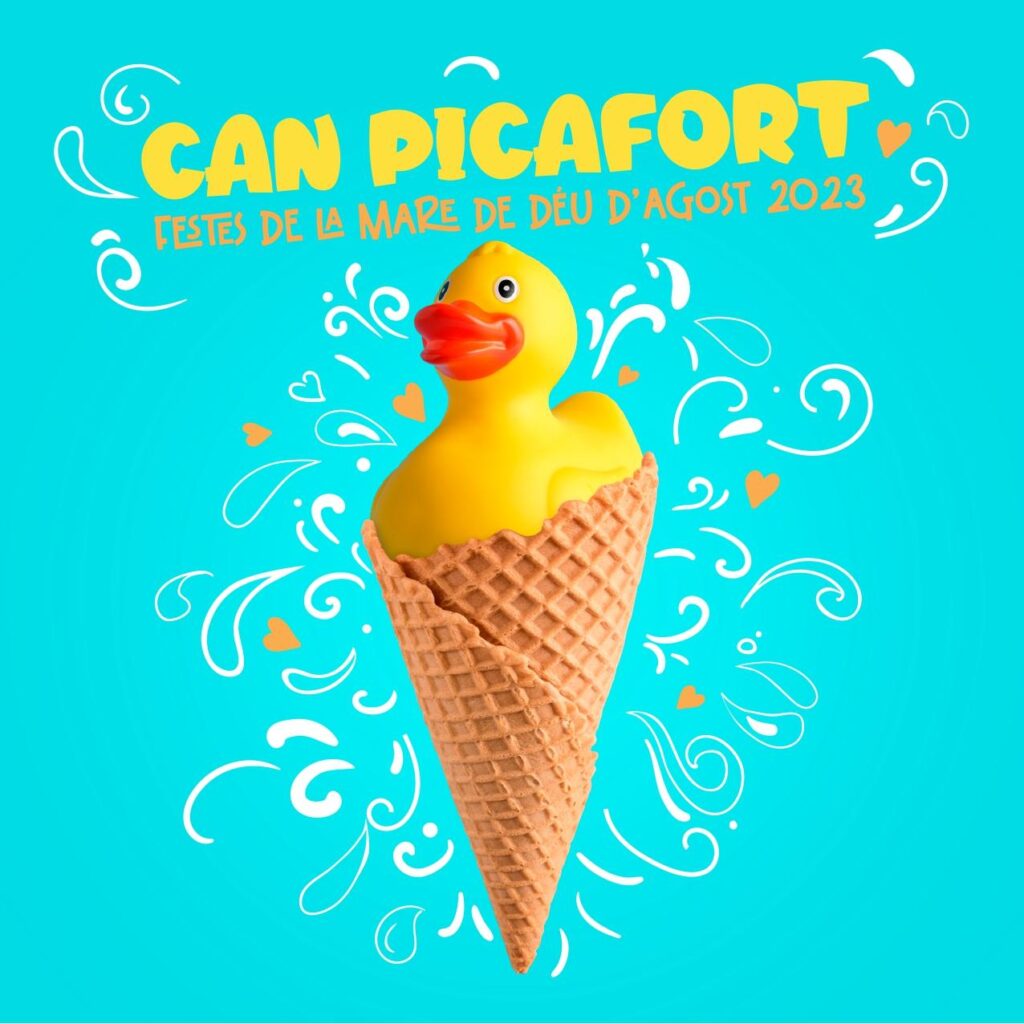
Can Picafort does have one of the island’s most celebrated Fiestas, the Mare de Deu d’Agost known locally as the Festival of the Ducks. This takes place each year on August 15 and attracts over 3,000 visitors to the town. Boats go out to sea, throwing rubber ducks into the water (in years gone by live ducks) and swimmers retrieve them for prizes. The origins of the fiesta are unknown but it started around 80 years ago and many of the town’s residents can remember taking part when they were children.
July’s Fiesta of Santa Margalida can be traced back as far as 1405. This is a five-day celebration of games, sport and other activities. Lots of mediaeval churches and Muslim architecture bear witness to the many rulers and invaders from past era, all of which contributed to the tapestry of fiestas, culture and cuisine that make up Mallorca of today.
Whether you’re in Can Picafort in the cooler months or staying for a two-week sun instalment, this beautiful resort town has so much to offer. Take in the fresh sea air, the nature and stunning art while walking along the coast or the wetlands, or hiking the surrounding hills.

